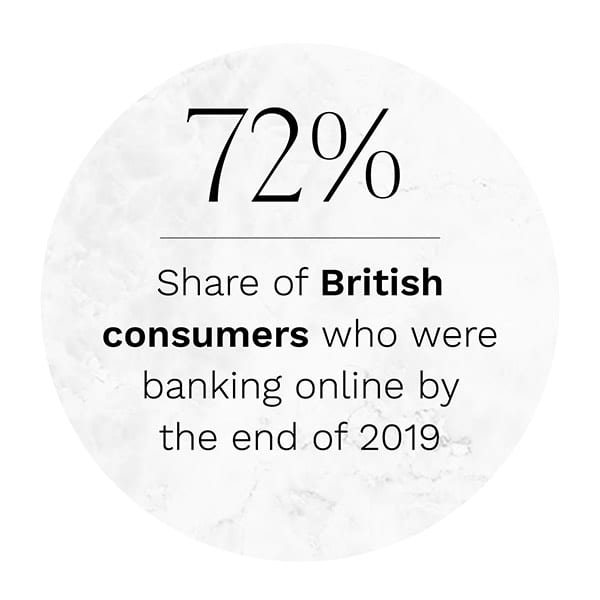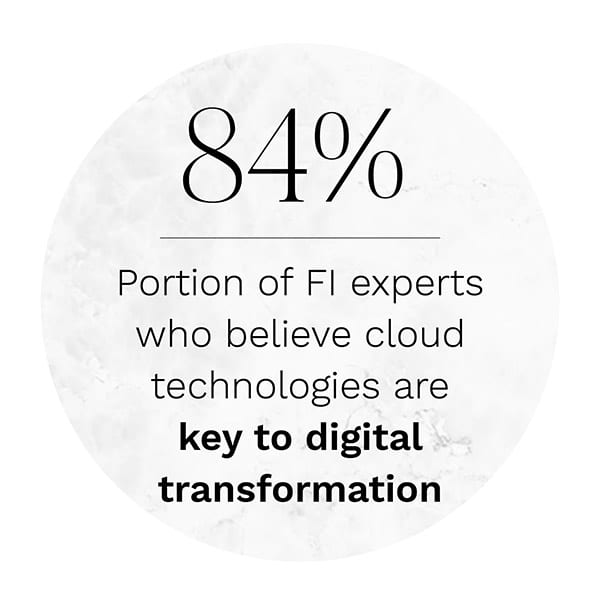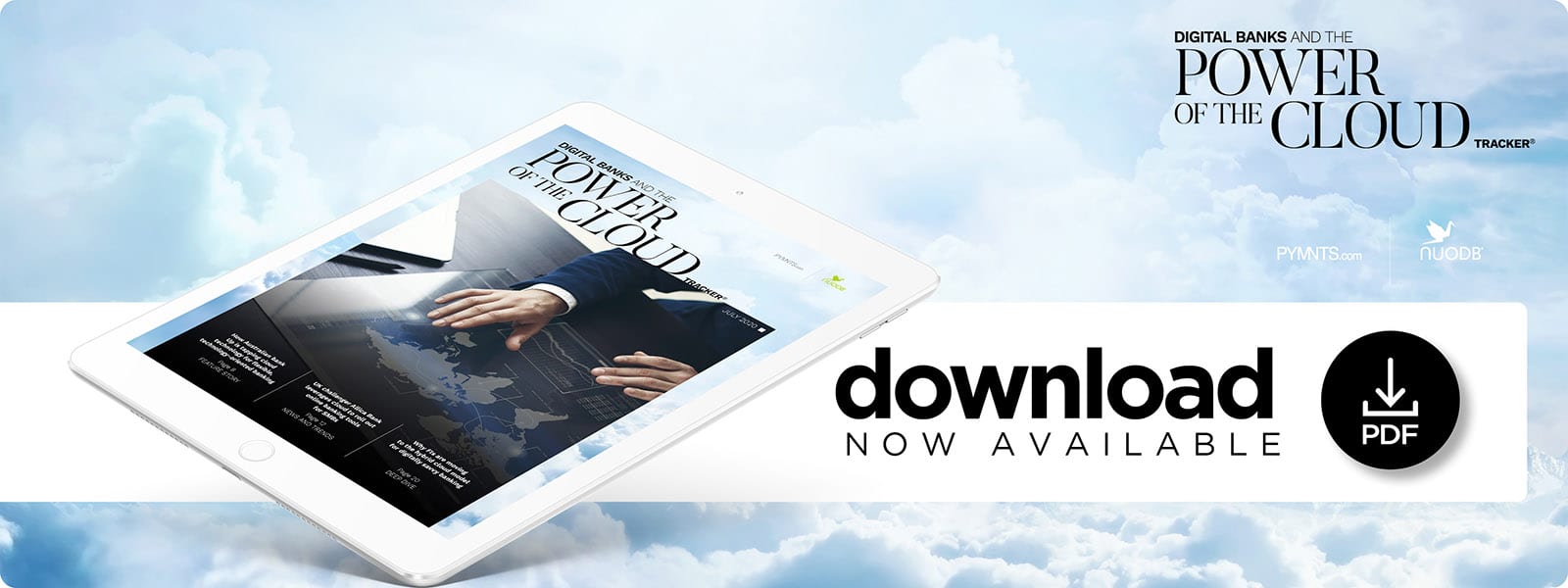When FIs Move To The Cloud, It Pays To Start At The Bottom

Financial institutions (FIs) are still struggling to respond to the rise in digital banking adoption spurred by the pandemic.
Consumers as well as businesses in markets from Europe, Mexico, the United States and the United Kingdom all shifted to online and mobile channels to interact with their existing banks as brick-and-mortar branches closed, putting pressure on banks to keep their digital services quick and seamless as online requests swelled.
 The increase in digital banking use has also breathed new life into the discussions surrounding the technology FIs are employing to make sure they can offer this level of support. Banks appear to be leaving behind the debate over whether they should integrate public or private cloud software and technologies into their core banking infrastructure, for example. Many FIs are instead turning to hybrid or multi-cloud models that combine these two environments, and that also allow them to take advantage of the cloud products of different technology providers.
The increase in digital banking use has also breathed new life into the discussions surrounding the technology FIs are employing to make sure they can offer this level of support. Banks appear to be leaving behind the debate over whether they should integrate public or private cloud software and technologies into their core banking infrastructure, for example. Many FIs are instead turning to hybrid or multi-cloud models that combine these two environments, and that also allow them to take advantage of the cloud products of different technology providers.
In the July “Digital Banks And The Power Of The Cloud Tracker®,” PYMNTS analyzes why multi-cloud strategies are becoming dominant within the financial industry, and how both legacy and digital-only banks are employing this model to enhance their products and services.
Around the Cloud Banking World
Online-only banks are making strides when it comes to using cloud technologies for further innovation. Mexico-based financial entity Banco Sabadell will be making use of IBM’s cloud solutions to further develop its digital platform, for example. The bank is focused on small- to medium-sized businesses (SMBs) and will be integrating IBM’s public cloud technology to allow it to create seamless interactions between itself and these businesses in such channels. The bank will also be using another technology provider’s solutions, IBM-owned Red Hat, to make sure that client information and requests can be easily transferred and safely stored so it can craft more flexibility for its clients.
 Fellow British challenger Allica Bank is also turning to the cloud to give it an edge over its competition in a crowded market. Allica will be working with a third-party cloud technology provider, which itself uses the Azure cloud solution developed by Microsoft, to create core banking infrastructure where it will host its mortgage lending and savings account services for SMBs. The use of cloud-based infrastructure over legacy servers will allow it to interact with clients of these products with more speed, hoping that this will give it a boost above other digital and legacy players in the U.K. banking industry. It is also developing a digital treasury management solution called Acumen, to be hosted on the cloud and will enter the market in late 2020.
Fellow British challenger Allica Bank is also turning to the cloud to give it an edge over its competition in a crowded market. Allica will be working with a third-party cloud technology provider, which itself uses the Azure cloud solution developed by Microsoft, to create core banking infrastructure where it will host its mortgage lending and savings account services for SMBs. The use of cloud-based infrastructure over legacy servers will allow it to interact with clients of these products with more speed, hoping that this will give it a boost above other digital and legacy players in the U.K. banking industry. It is also developing a digital treasury management solution called Acumen, to be hosted on the cloud and will enter the market in late 2020.
Legacy banks are following only a half-step behind these digital entities, with many experimenting with cloud technologies that can help them better communicate with clients using digital channels. HSBC Bank USA, the U.S. branch of the HSBC Group, has partnered with a third-party cloud provider to run its Apple Business Chat channel, for example. This is available for users of Apple devices and enables the business clients of the FI to speak with its representatives in real time to resolve any requests or more complicated financial questions. Customers can also use the digital channel to make transactions or to transfer money to other accounts, according to the FI. The cloud technology is designed to help these messages both send faster as well as more securely.
For more on these and other stories, visit the Tracker’s News and Trends.
Why FIs Should Turn to the Cloud For Technology-Oriented Banking
 FIs are racing to ensure they can meet consumers’ needs as the ongoing pandemic continues to disrupt traditional business operations. This can be especially difficult for legacy banks that are still using core banking infrastructure that runs on outstripped servers to manage customer requests and transactions.
FIs are racing to ensure they can meet consumers’ needs as the ongoing pandemic continues to disrupt traditional business operations. This can be especially difficult for legacy banks that are still using core banking infrastructure that runs on outstripped servers to manage customer requests and transactions.
The financial entities that do want to make the shift to the cloud must make sure that they are also shifting the way they approach and adapt the technology, however, said Michael Morris, chief technology officer for Australian FinTech Up in a recent interview with PYMNTS. These FIs must reconsider banking as fundamentally technology-oriented as they make the move to integrate emerging tools such as the cloud, he explained.
To learn more about why FIs must rethink their applications of the cloud and other tools to create technology-oriented banking, visit the Tracker’s Feature Story.
Examining FIs and the Hybrid Cloud Banking Shift
Using multiple cloud solutions or providers can open a diverse array of possibilities for banks, especially for those legacy FIs that are still trying to shake off outdated infrastructure. These banks can integrate different cloud models and solutions for the different needs of their customers, making use of public cloud providers to create consumer-facing features with the digital seamlessness users are expecting, for example. They can then tap private cloud platforms to host the sensitive personal and financial information of their customers, keeping them safe from enterprising fraudsters.
Some banks are currently experimenting with this approach, but many others find themselves barred from doing so due to lingering concerns over cost, integration and security.
To learn more about why banks are beginning to view the multi-cloud model as more beneficial than other cloud strategies, as well as why FIs are struggling to implement hybrid cloud solutions, visit the Tracker’s Deep Dive.
About the Tracker
The “Digital Banks And The Power Of The Cloud Tracker®,” a PYMNTS and NuoDB collaboration, examines the latest developments in digital banking, detailing how banks are using the cloud and other innovative tools to enhance and personalize finance.


